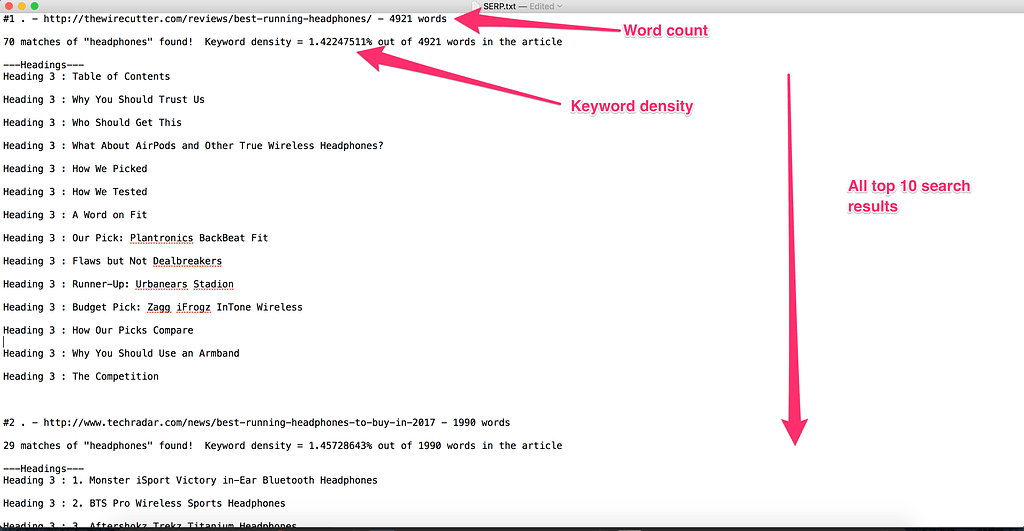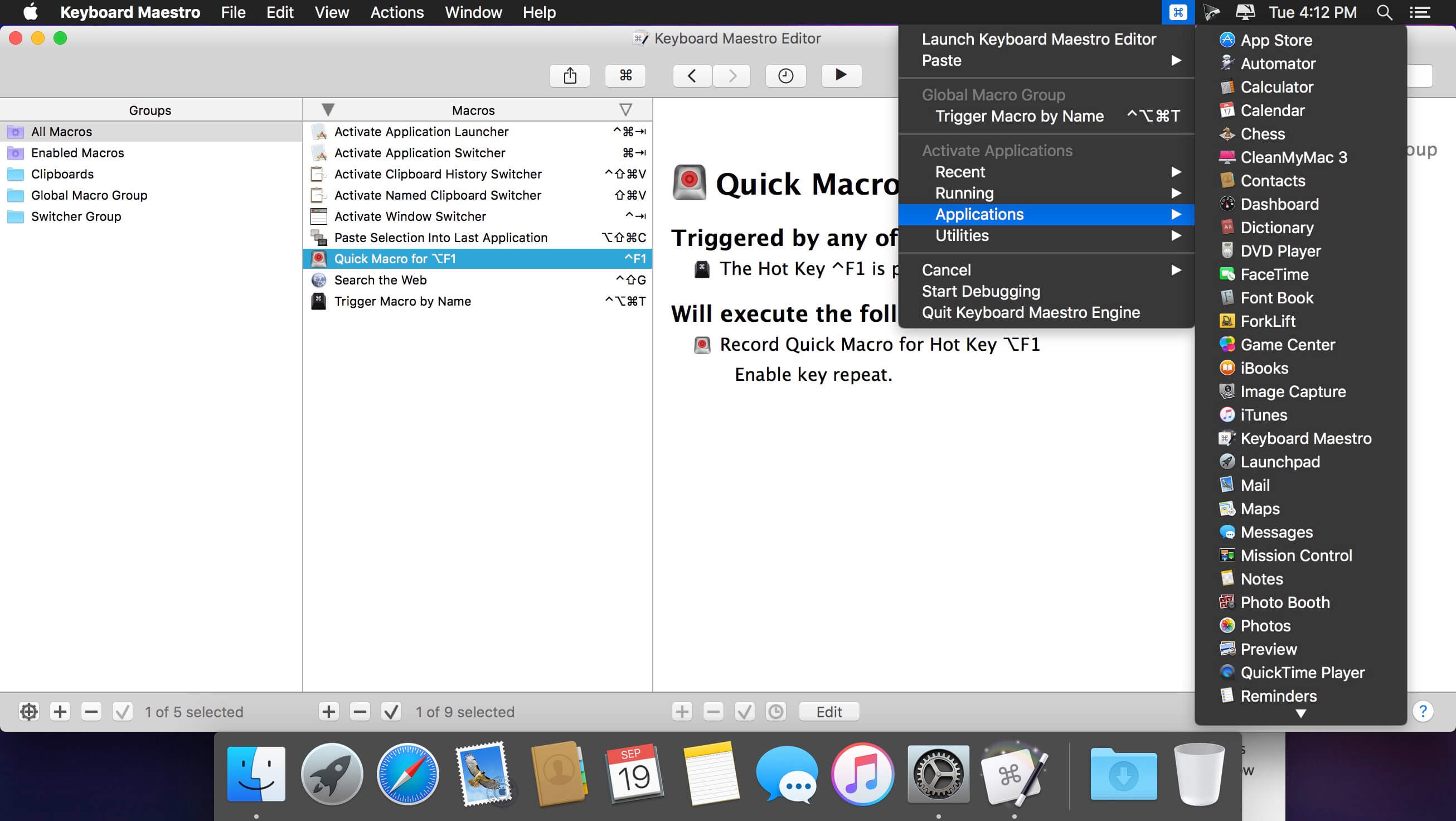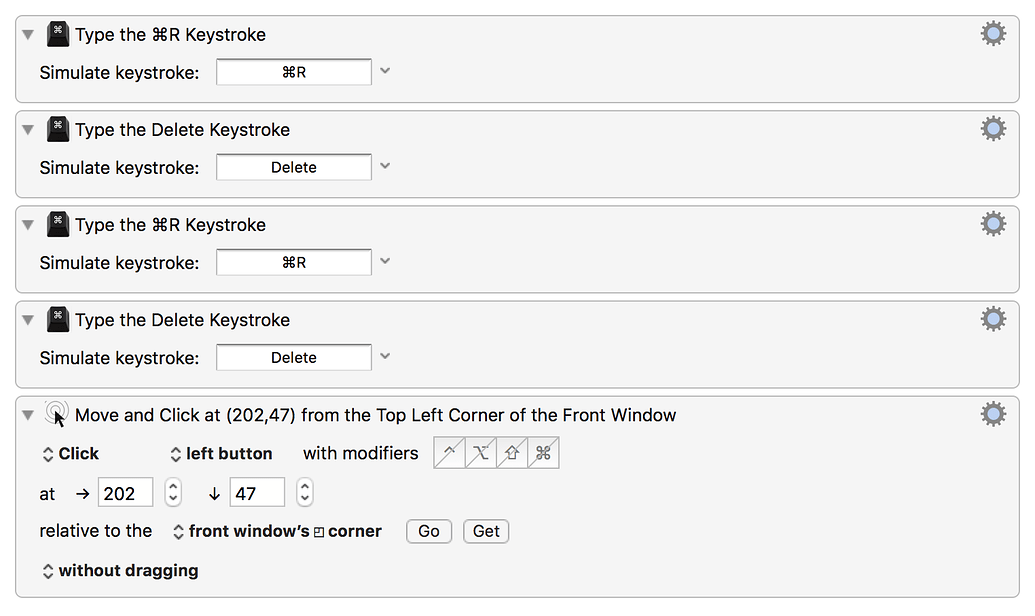


However, ⌘ + S is perfectly clear, and it should prevent the macro from causing any problems if I happen to be typing when it runs. Most times I prefer to have Keyboard Maestro use the file menu, rather than keyboard shortcuts, because it's easier to understand what the macro is doing when I'm reviewing them in Keyboard Maestro. You can do this one of two ways in Keyboard Maestro:Ĭhoose the menu item "Save" under the "File" menu, or The second is the action which actually saves the document. After awhile, that might get annoying, but I suggest using it until you get used to the idea, as it will help reinforce the fact that the macro is actually running.

I can’t say that my new script/macro is noticeably quicker than the previous one, but it is certainly one that I think will be much simpler for me to maintain going forwards should any issues occur.The first is a notification which will appear and inform the user that the macro is running. They take a little bit of the pain and tedium out of my workflow and hopefully out of yours too. Nick Janetakis, who created the original Python script, and the generosity of the creator of deserve the praise on this one. The statements from my original post still stand.
#Keyboard maestro find word update
If you wish to utilise this change, you can build the macro yourself from the information presented here, update based on the original post, or download the updated version. read ()) strTitle = "" for jsonItem in jsonContent : strTitle = strTitle + ( jsonItem + jsonItem ) #Write out the title

Import os import urllib.request import json import sys #Build the input string
#Keyboard maestro find word code
That is fine for me, but may not be for others - though it does open up an opportunity for others to tinker with the code to meet their own particular requirements. This left me with a much smaller set of working code, but also with less flexible code in that it is tailored to my specific requirements. By returning the result as JSON, this further allowed me to simplify the extraction of data. I think the issue was to do with a change in the URL scheme, and after I figured that out, rather than passing out to CURL to do the processing, I switched the code to use a direct request call from Python. In this case, because I only ever use one particular style, I immediately stripped out all of the code around processing variations. In investigating issues with code that I did not originally create, I have a general approach of if the answer is not immediately obvious, I start to break down the code to get it to a simple form that allows me to address the issue. In today’s post I’m going to quickly share the update. As a result I ended up taking the existing Python code, simplifying it for my own specific needs and tweaking it for the issue I was experiencing. Unfortunately, I think there was a change at the site level that started causing issues for me either last year, or earlier this year. Last year I published a post about how I was using Keyboard Maestro along with a Python script that accesses to convert titles into a specified style.


 0 kommentar(er)
0 kommentar(er)
